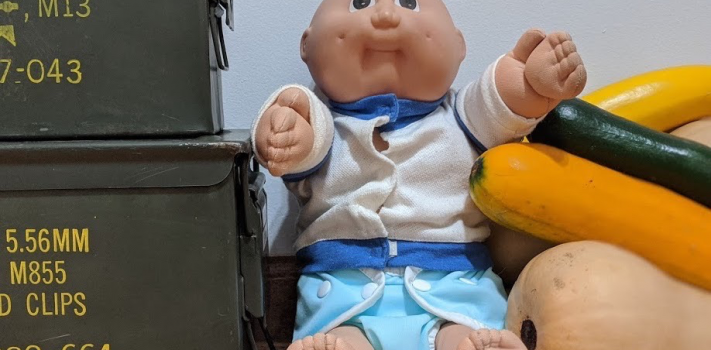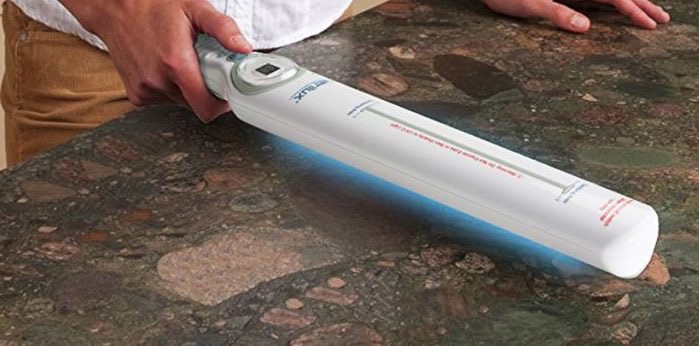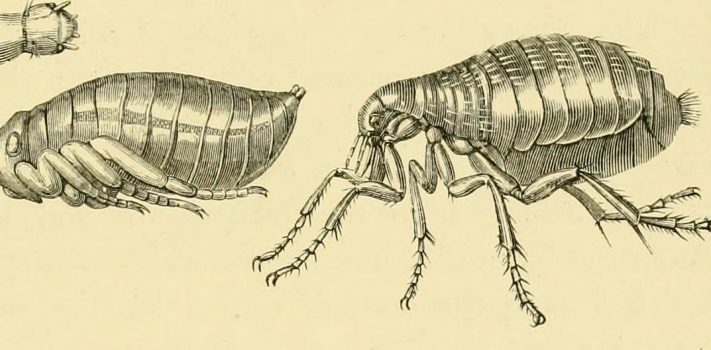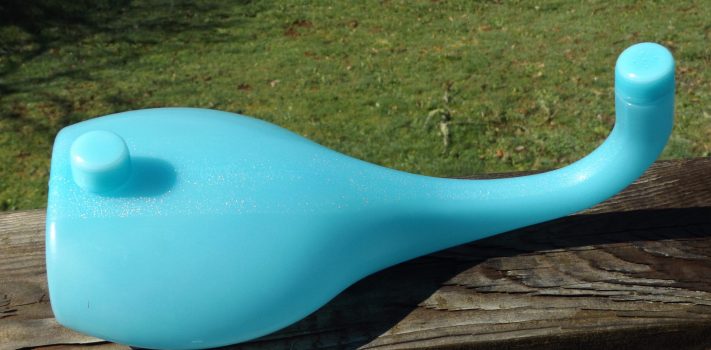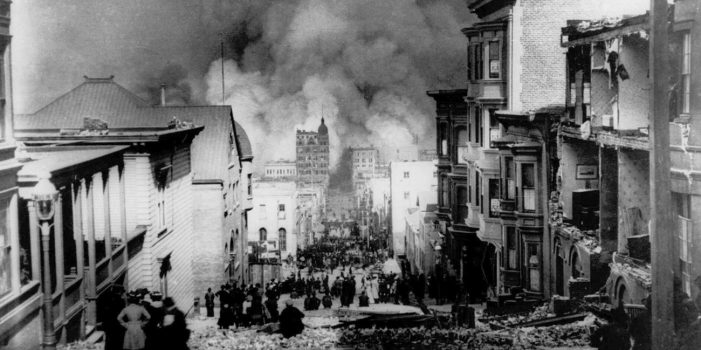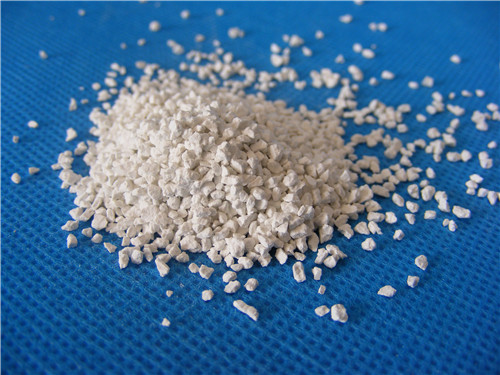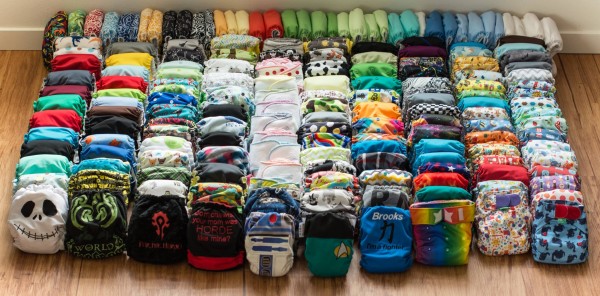Getting Started with Cloth Diapers – Part 2, by ADC
(Continued from Part 1. This concludes the article.) Cloth Diapering when TSHTF It is important to remember that SHTF is a spectrum. The S is H-ing TF right now everywhere and H-ing extra hard in several places. I, for one, have broken the seal on my SHTF ammunition reserve. Yet, the electricity and the plumbing still work. We can continue diapering as normal, and don’t have to hope that the shelves aren’t stripped of diapers, and that the store hasn’t shut down because of the pandemic, and that rioters haven’t burned the store down. Detergent is the only diaper supply …

